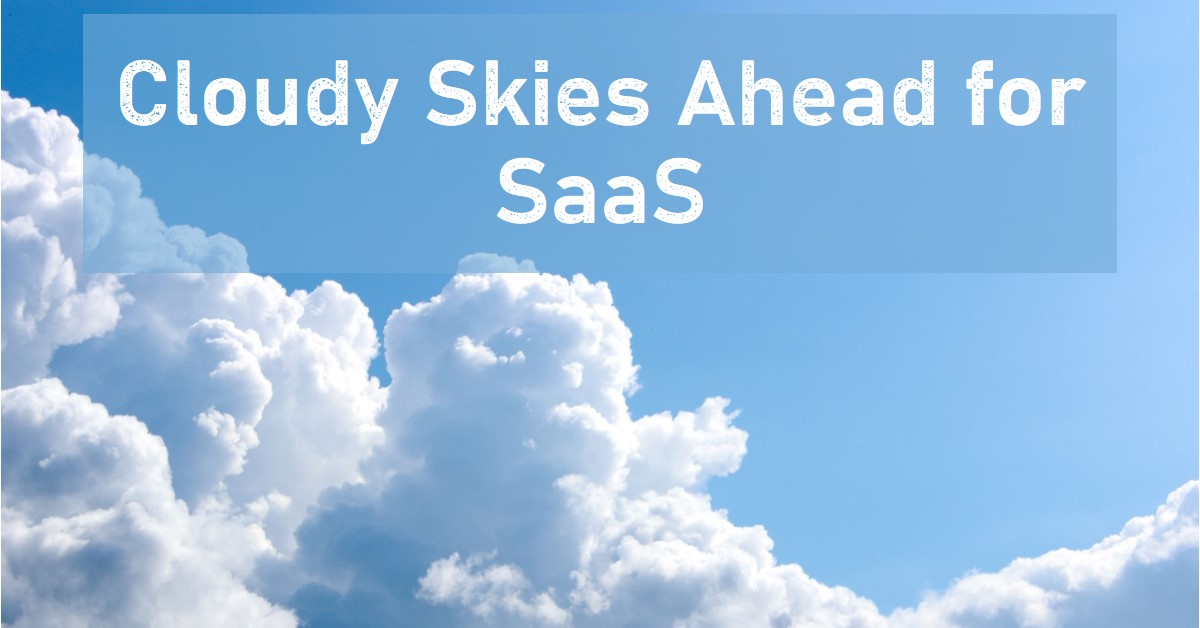2024 Cloud Trends for SaaS: Stay Ahead with p99soft
In the rapidly evolving landscape of cloud computing, Enterprise Software as a Service (SaaS) providers must vigilantly monitor market trends to maintain a competitive edge. As we step into 2024, several key trends are shaping the cloud computing arena, each offering unique opportunities and challenges. This article delves into these trends, supported by the latest statistics and insights, and explores how p99soft’s cloud computing services can empower businesses to navigate this dynamic environment.
Trend 1: Hyperautomation and AI Integration
The integration of Artificial Intelligence (AI) and automation, known as hyperautomation, is a trend gaining significant traction. Gartner predicts that by 2024, organizations will lower operational costs by 30% by combining hyperautomation technologies with redesigned operational processes. This synergy of machine learning, AI, robotic process automation (RPA), and other technologies enables businesses to significantly enhance efficiency and innovation.
Trend 2: Hybrid and Multi-cloud Strategies
Hybrid and multi-cloud environments are becoming the norm rather than the exception. As per a report by Flexera, over 80% of enterprises have adopted a multi-cloud strategy. This approach offers flexibility, optimizes costs, and mitigates risks associated with single-provider dependency. Enterprises are leveraging these environments to distribute their services and data across various cloud platforms, enhancing resilience and scalability.
Trend 3: Edge Computing Proliferation
Edge computing is set to revolutionize cloud services by processing data closer to the source of generation. This trend is crucial for handling the vast amount of data produced by IoT devices. IDC forecasts that by 2023, 70% of enterprises will run varying levels of data processing at the edge. This shift aims to reduce latency, improve speed, and enable real-time analytics, transforming how businesses operate and deliver services.
Trend 4: Enhanced Cloud Security and Compliance
As cloud adoption escalates, so does the focus on security and compliance. Enterprises are increasingly prioritizing the enhancement of their cloud security posture and compliance frameworks to protect against sophisticated cyber threats. Gartner estimates that by 2025, 60% of organizations will use cybersecurity risk as a primary determinant in conducting third-party transactions and business engagements.
Trend 5: Sustainability in Cloud Computing
Sustainability is becoming a pivotal factor in the cloud computing space. Companies are now evaluating cloud providers based on their environmental impact. The trend towards green computing involves deploying solutions that minimize energy consumption and reduce carbon footprints. The push for sustainable cloud services is not only a corporate responsibility but also an emerging business imperative.
Trend 6: Serverless Computing Growth
Serverless computing is gaining momentum as it allows developers to build and run applications and services without managing servers. This model offers cost efficiency as it operates on a pay-as-you-go basis, where you only pay for the runtime your applications consume. According to MarketsandMarkets, the global serverless architecture market size is expected to grow significantly, underscoring its increasing adoption. Enterprises can benefit from serverless computing through increased scalability, reduced operational complexities, and faster time to market for their applications.
Trend 7: Enhanced Data Analytics and Machine Learning
Data analytics and machine learning in the cloud are becoming more sophisticated, offering deeper insights and predictive capabilities to businesses. The integration of machine learning models with cloud-based analytics platforms enables organizations to process and analyze large datasets more efficiently, driving better decision-making and innovative solutions. As per a report from Deloitte, the use of cloud-based analytics and machine learning is accelerating, empowering businesses to unlock new value from their data and stay competitive.
Trend 8: Blockchain Integration
Blockchain technology is increasingly being integrated with cloud services to enhance security, transparency, and trust in business transactions. Blockchain in the cloud can provide decentralized storage solutions, smart contracts, and enhanced security features, which are particularly beneficial for industries like finance, healthcare, and supply chain management. Research from TechSci indicates a growing trend in blockchain adoption across cloud platforms, highlighting its potential to revolutionize various aspects of cloud computing.
Trend 9: Increased Focus on Cloud Cost Management
As cloud adoption grows, so does the importance of effective cloud cost management. Enterprises are seeking more sophisticated tools and strategies to monitor, analyze, and optimize their cloud spending. According to a report by RightScale, optimizing cloud costs remains a top priority for businesses, with many leveraging cloud cost management and optimization tools to control their spending efficiently.
Trend 10: Cloud-Native Technologies Proliferation
Cloud-native technologies, such as containers, Kubernetes, and microservices, are becoming the standard for building and deploying applications in the cloud. These technologies offer enhanced agility, scalability, and resilience, facilitating the development of more robust and efficient cloud applications. The CNCF (Cloud Native Computing Foundation) annual survey reveals a significant increase in the adoption of cloud-native technologies, illustrating their critical role in the future of cloud computing.
In Summary
The cloud computing landscape in 2024 is characterized by a blend of technological advancements and strategic shifts, from serverless computing and enhanced data analytics to blockchain integration, cost management, and cloud-native technologies. These trends signify a broader transformation in the enterprise SaaS sector, emphasizing the need for agility, efficiency, security, and innovation.
For enterprise SaaS providers, staying ahead in this dynamic market means not only adopting these technologies but also integrating them strategically to drive business value. It necessitates a proactive approach to leveraging the cloud’s evolving capabilities, ensuring sustainability, and enhancing customer experiences. As we navigate these trends, the key question is: How will these innovations shape the future of cloud computing and redefine the competitive landscape for enterprise SaaS providers?
How p99soft Facilitates Navigation of 2024’s Cloud Computing Trends
p99soft, with its advanced cloud computing services, is ideally positioned to help enterprises capitalize on these trends. By offering scalable solutions that incorporate AI and automation, p99soft enables businesses to achieve hyperautomation seamlessly. Additionally, p99soft’s expertise in creating robust hybrid and multi-cloud environments ensures that enterprises can leverage the best of what cloud computing has to offer, tailoring services to their specific needs while prioritizing security and compliance.
FAQs
Q1: How can hyperautomation benefit my business? A1: Hyperautomation can significantly increase efficiency, reduce costs, and enhance the accuracy of business processes by integrating AI, RPA, and other technologies to automate complex workflows.
Q2: Why is a multi-cloud strategy important? A2: A multi-cloud strategy provides flexibility, helps in risk mitigation, optimizes costs, and ensures that businesses can choose the best services from multiple cloud providers.
Q3: What are the advantages of edge computing? A3: Edge computing reduces latency, increases processing speed, and enables real-time data analytics by processing data closer to its source, which is crucial for IoT and real-time applications.
Q4: How does sustainability impact cloud computing choices? A4: Sustainability in cloud computing leads to energy-efficient operations and reduced carbon footprints, aligning with corporate social responsibility goals and increasingly becoming a deciding factor in provider selection.
Q5: What should enterprises focus on to enhance cloud security? A5: Enterprises should prioritize advanced threat detection, regular security assessments, compliance with industry standards, and continuous monitoring and training to fortify their cloud environments against cyber threats.
Conclusion
The cloud computing landscape in 2024 is characterized by a blend of technological advancements and strategic shifts, from serverless computing and enhanced data analytics to blockchain integration, cost management, and cloud-native technologies. These trends signify a broader transformation in the enterprise SaaS sector, emphasizing the need for agility, efficiency, security, and innovation.
Also know Are Delta 8 Cartridges Legal Technology of the USA?







